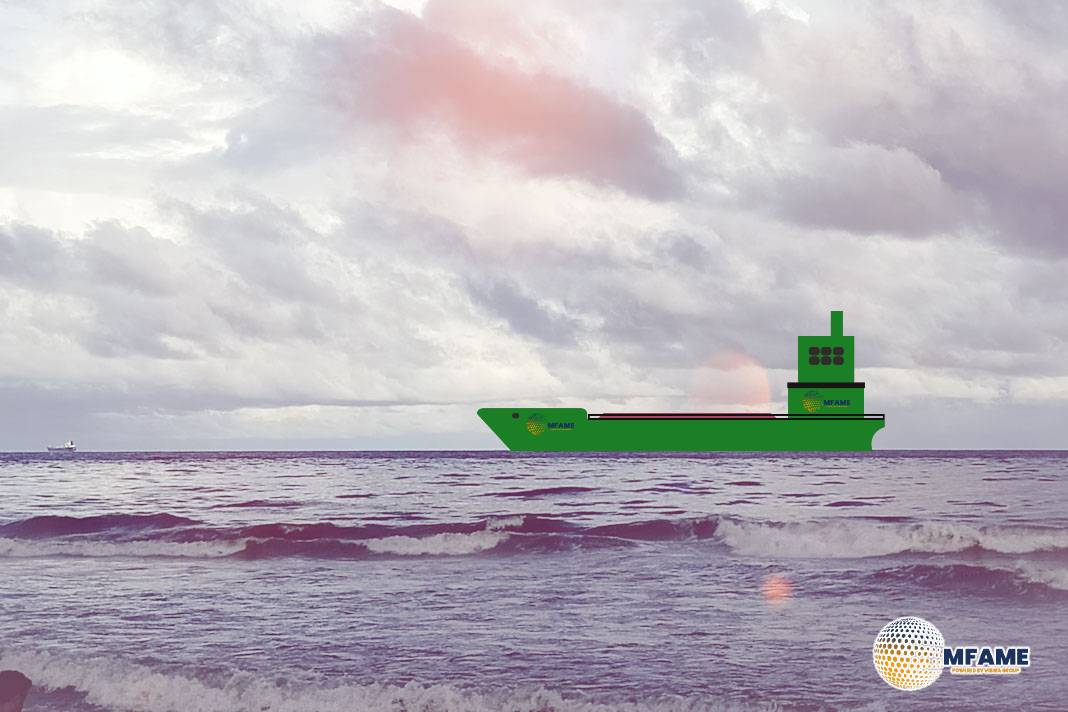- Russia’s Fossil Fuel Revenues Cross EUR 847 Billion Since Invasion.
- China, India, and Turkey Drive 74% of Russia’s Fuel Earnings.
- Shadow Fleet Enables Russia to Evade Sanctions.
The Centre for Research on Energy and Clean Air (CREA) published a report on the EU imports of Russian fossil fuels and the shadow fleet’s contribution to sanction avoidance in the third year of the invasion of Ukraine. As per the report, Three years of invasion, due to sanctions and energy security issues, EU imports of Russian fossil fuels have not fundamentally changed. Imports in 2023 amounted to EUR 21.9 billion, evidencing only a 6% year-over-year decrease in value and a negligible 1% decrease in volume, reports Safety4Sea.
Top Three Purchasers
Russia’s world fossil fuel revenues amounted to EUR 242 billion in the third year of the war, totalling EUR 847 billion since February 2022. The top three purchasers—China (EUR 78 billion), India (EUR 49 billion), and Turkey (EUR 34 billion)—purchased 74% of Russia’s fossil fuel revenues. India and Turkey raised their imports by 8% and 6% year-on-year, respectively.
Sanctions and the Shadow Fleet Impact
CREA’s new analysis indicates that sanctions tightening and plugging loopholes could lower Russian revenues by 20% a year. Much emphasis must be put on Russia’s ‘shadow’ fleet, which contributed heavily to revenue generation. Throughout the third year of the war, 61% (EUR 83 billion) of Russia’s seaborne fossil fuel exports were carried on shadow ships. Moreover, 71% of Russian crude oil was exported through shadow tankers, which allowed Russia to evade the oil price cap.
“The West’s strategic priority should be to impose sanctions on as many Russian shadow oil vessels as possible,” said Petras Katinas, Energy Analyst, CREA
Ship-to-Ship (STS) Transfers and Sanctions Busting
Ship-to-ship (STS) transfers, which are widely practised within the maritime industry, have been utilized by Russia, Venezuela, and Iran to bypass Western sanctions. Executing these transfers in international waters provides the tanker operators with the means to hide the origin of the oil, making enforcement and inspection more difficult.
Since the large-scale invasion started, CREA estimates that 17 million tonnes of Russian oil (worth EUR 11 billion) have been transshipped through STS operations in EU territorial waters and Exclusive Economic Zones (EEZ). Of these, 35% were shadow tankers. During the third year of the invasion alone, 5.2 million tonnes of oil were transferred through STS in EU waters, of which shadow tankers carried out 43% (EUR 1.3 billion) of the transfers.
Key STS Hubs in EU Waters
Several shallow-water zones in EU waters, particularly off Greece, Romania, Italy, and Malta, have become major hubs for Russian STS operations. The highest volumes of STS activities in the EU were recorded in:
- Greece: 54%
- Romania: 31%
- Italy: 11%
- Malta: 4%
Russia uses these transit points to optimize logistical routes, ensuring faster and more cost-effective oil shipments to non-sanctioning countries. In the third year of the invasion, Russian oil transshipped in EU waters was destined for:
- China: 23%
- India: 11%
- South Korea: 10%
- Turkey: 2%
- Other markets: Remaining percentage
Hub Tankers and the Strategic Role of STS Transfers
A subset of Russia’s shadow fleet consists of ‘hub tankers’, vessels dedicated to STS operations rather than direct shipments. Since February 2022, CREA has identified 87 hub tankers, with 68 still active in the third year of the invasion.
These vessels serve two key purposes:
- Shortening logistical routes, making Russian oil shipments more efficient.
- Obscuring the true origin of the cargo makes sanction enforcement more challenging.
By leveraging these tactics, Russia bypasses sanctions while ensuring a steady oil supply to non-sanctioning buyers, sustaining its revenues despite international restrictions.
Did you subscribe to our daily Newsletter?
It’s Free Click here to Subscribe!
Source: Safety4Sea


















